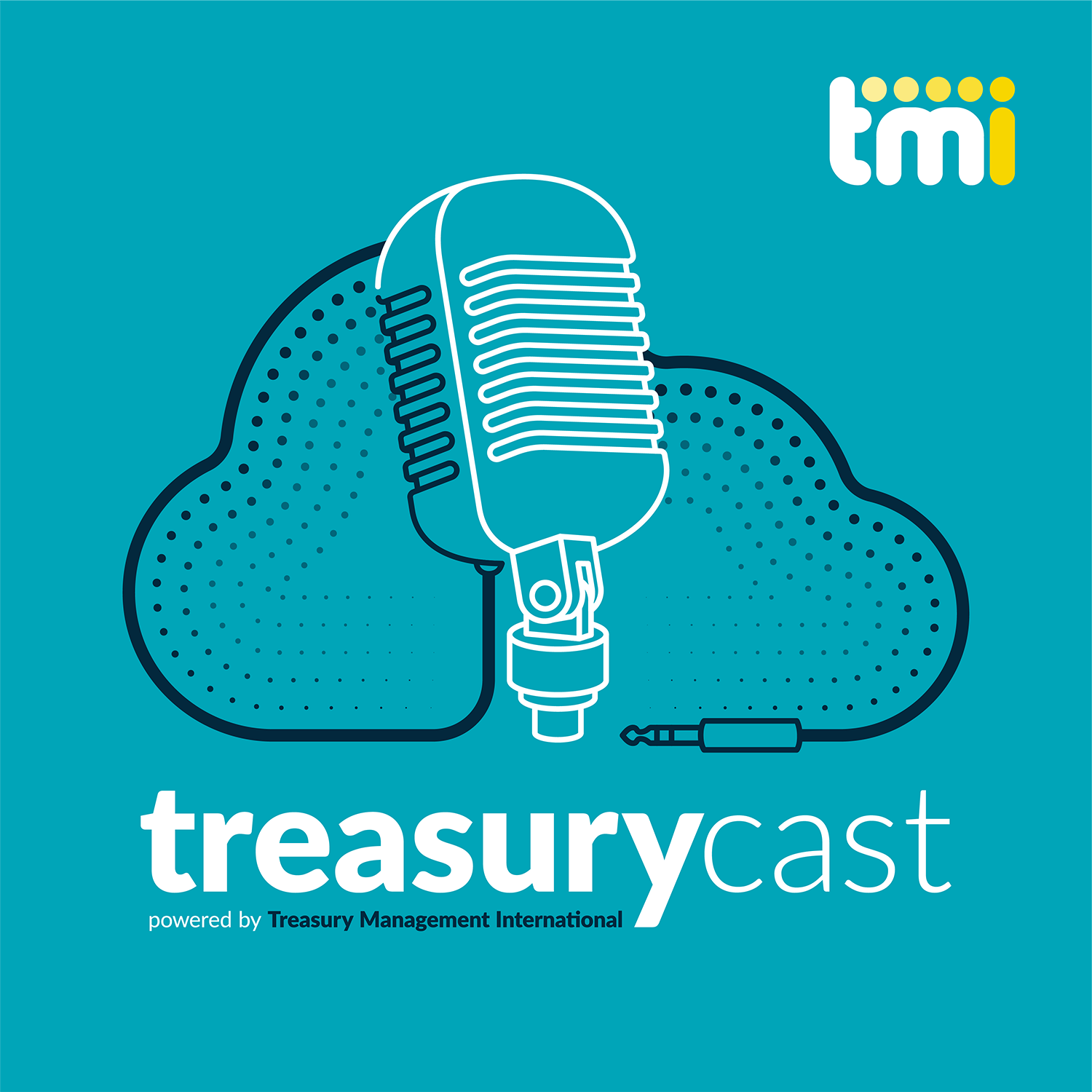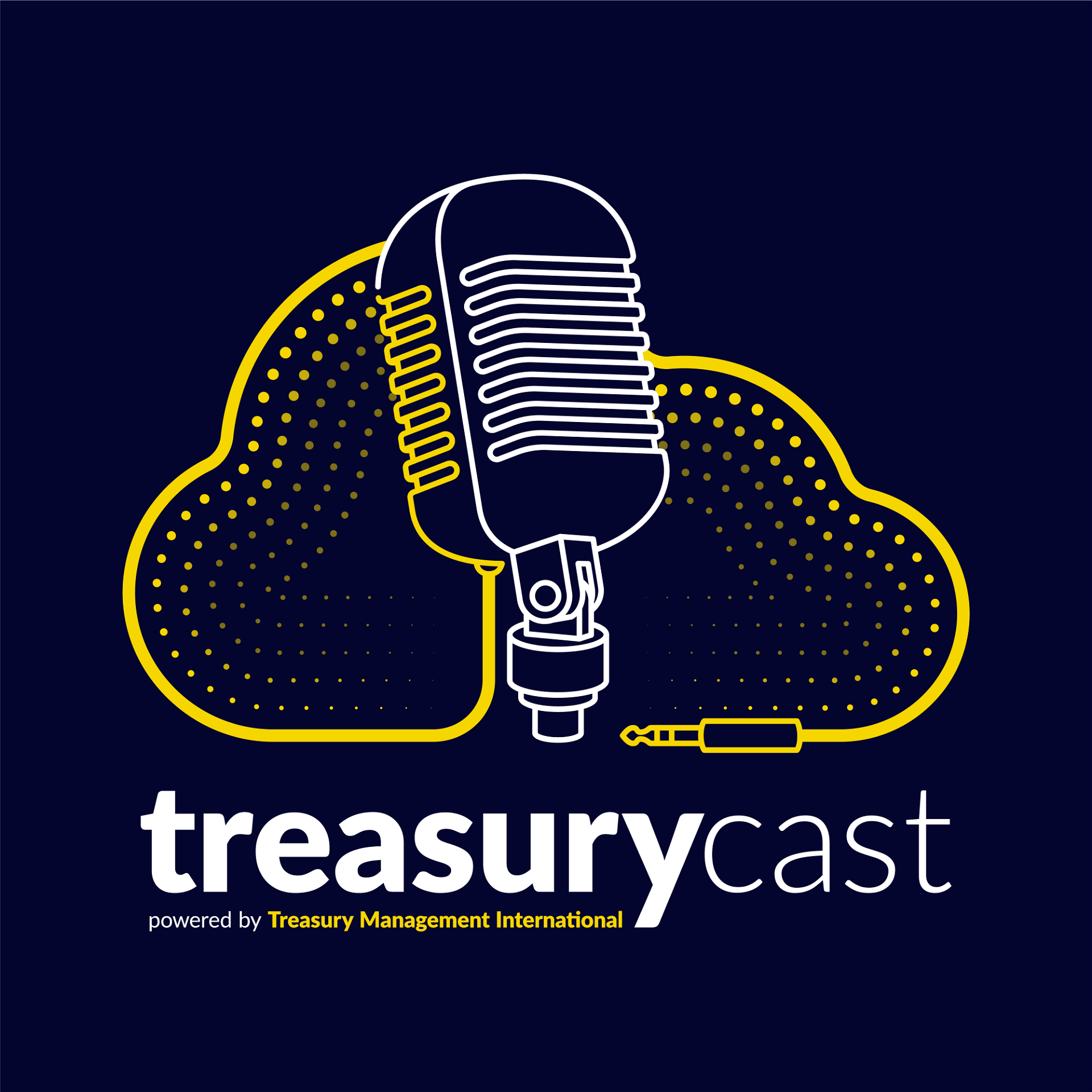- Second Edition of Asia Pacific Treasury Management Barometer Survey Highlights Ongoing Transition of Regional Treasury Industry; Insights Framed by the Views of Approximately 1,350 Treasury Professionals
HONG KONG – Asia Pacific’s leading corporate treasurers have identified improving cash visibility and cash flow forecasting as the most common priorities in the coming 12 months but also see additional scope for enhancing treasury process automation, optimizing working capital and focusing on risk management within their functions.
In the second edition of the Asia Pacific Treasury Management Barometer Survey, improving visibility over cash balances and cash flow forecasting will be strategic focus areas among treasurers in Asia Pacific over the coming year. These priorities illustrate the ongoing shift of the roles and responsibilities of treasurers in Asia Pacific and reflect the common challenges of operating in this diverse region, resulting from managing a range of banking relationships, operating with a large number of accounts and disparate means of accessing account information.
“By analyzing the data in the 2015 Asia Pacific Treasury Management Barometer Survey and through ongoing client interactions, it is clear that corporations in the Asia Pacific region are increasingly focused on integrated treasury management platforms and solutions, which deliver real-time analytics, multi-bank visibility, cash flow forecasting and transaction management across countries, currencies and time zones,” said Ivo Distelbrink, head of Global Transaction Services, Bank of America Merrill Lynch. “Against this backdrop, the role and responsibilities of the treasurer in Asia Pacific are changing meaningfully, and strategic treasury advisory will be imperative to enable treasurers to take advantage of changing objectives and priorities.”
“Treasurers in Asia Pacific are increasingly focused on leveraging efficient technology to achieve operational and financial efficiency,” said Ash Khalek, senior vice president, corporate liquidity sales at SunGard. “With a third of respondents already using hosted and cloud-based (or SaaS – software as a service) solutions for treasury management, treasurers recognize the role of these solutions to ‘leapfrog’ legacy technologies and achieve rapid implementation of a best-in-class treasury technology infrastructure.”
Over 1,350 treasury professionals from Asia Pacific and around the world were interviewed for the study by Bank of America Merrill Lynch and SunGard, a 45 percent increase in participation from the first edition. In its second edition, the report offers insight into the priorities and strategies deployed by leading treasury management decision-makers across multiple industries and all major economies in the region. Respondents were asked to provide analysis on thematic cash and treasury management issues in Asia Pacific: liquidity management, foreign exchange, working capital management and treasury technology. In addition, treasury and finance professionals from blue-chip corporations operating in Asia Pacific shared their insights and experiences.
Respondents were drawn from a wide range of corporations as measured by revenue. Twenty-three percent of respondents work for corporations with an annual global sales turnover of US$10 billion, 12 percent with US$5-10 billion, 24 percent with US$1-5 billion, 15 percent with US$500 million–US$1 billion, and 26 percent under US$500 million. Respondents included privately owned (34 percent), publicly listed (64 percent) and a small number of state-owned enterprises (3 percent). All major industries were represented with the highest level of responses from the electronics and technology (19 percent), manufacturing (16 percent) and financial services (9 percent) sectors.
Additional highlights of the 2015 Asia Pacific Treasury Management Barometer include:
- Obstacles to efficient liquidity management remain: Multiple bank relationships (86 percent), currency controls and regulatory constraints all contribute to difficulties in managing liquidity in Asia Pacific; over half (62 percent) do not use automated cash pooling.
- Basel III/LCR shortfalls: Sixty-one percent of respondents expressed no or little awareness of the implications of Basel III and the Liquidity Coverage Ratio (LCR) regulatory initiatives.
- RMB acceptance growing: Thirty-five percent of participating companies use RMB for cross-border trade (compared with 16 percent in 2013), reflecting the growing internationalization of the RMB.
- Facilitating cross-border trade: Seventy-eight percent of participating companies make payments into three or more countries, emphasizing the need for sophisticated cross-border payment solutions.
- Game-changing technology: Forty-nine percent of participants have a treasury management system (TMS) or treasury module of an enterprise resource platform (ERP) in place. However, 52 percent of participants are seeking to leverage treasury and banking technology to optimize internal processes.
- Mobile treasury: Use of mobile and tablet devices in treasury is growing substantially, from 14 percent in 2013 to 41 percent in 2015.
Bank of America Merrill Lynch and SunGard were jointly responsible developing the survey, drawing on product expertise and client interactions to frame a line of questioning. Data was then analyzed by senior product, sales and technology teams from both parties, cross-checked for relevance to the market and developed into the final content.
To download the Bank of America Merrill Lynch and SunGard 2015 Asia Pacific Treasury Management Barometer Survey, please click here.





